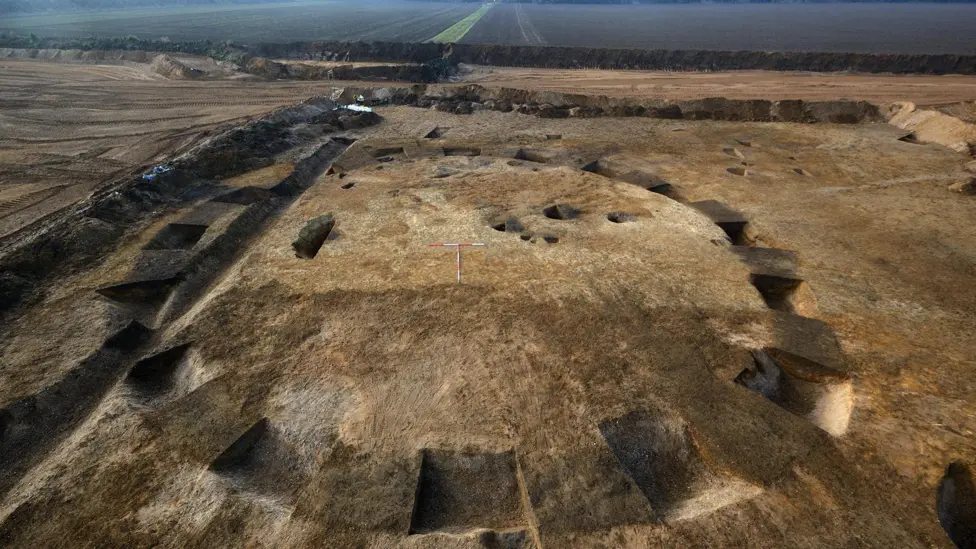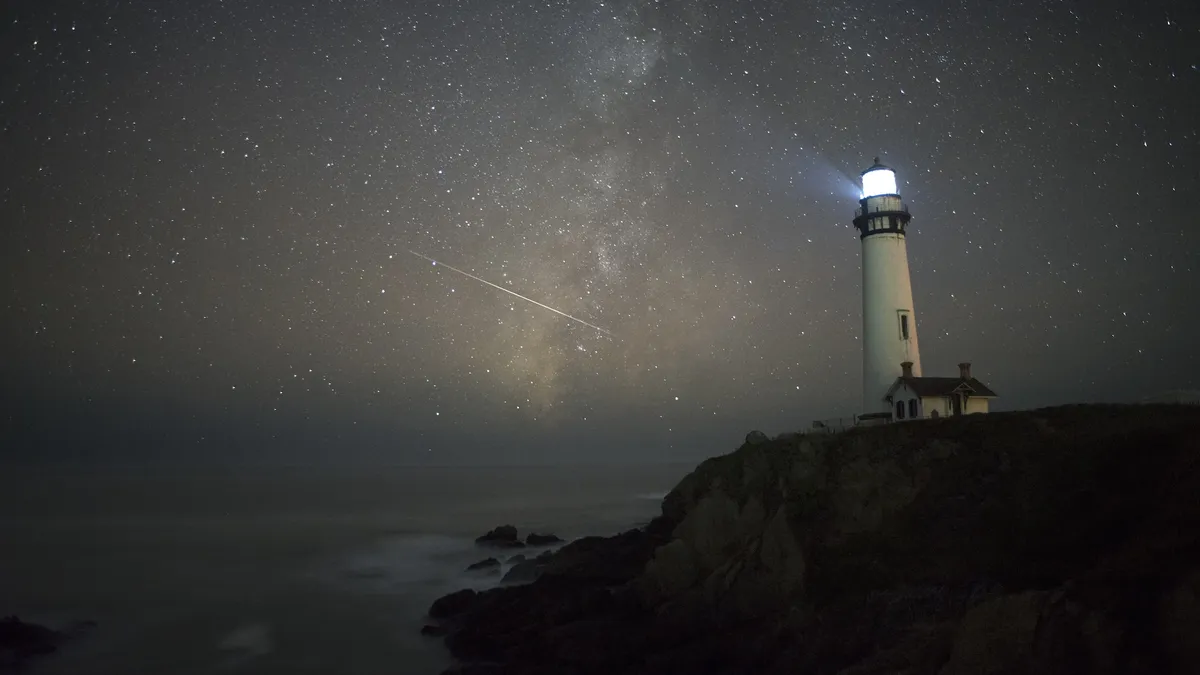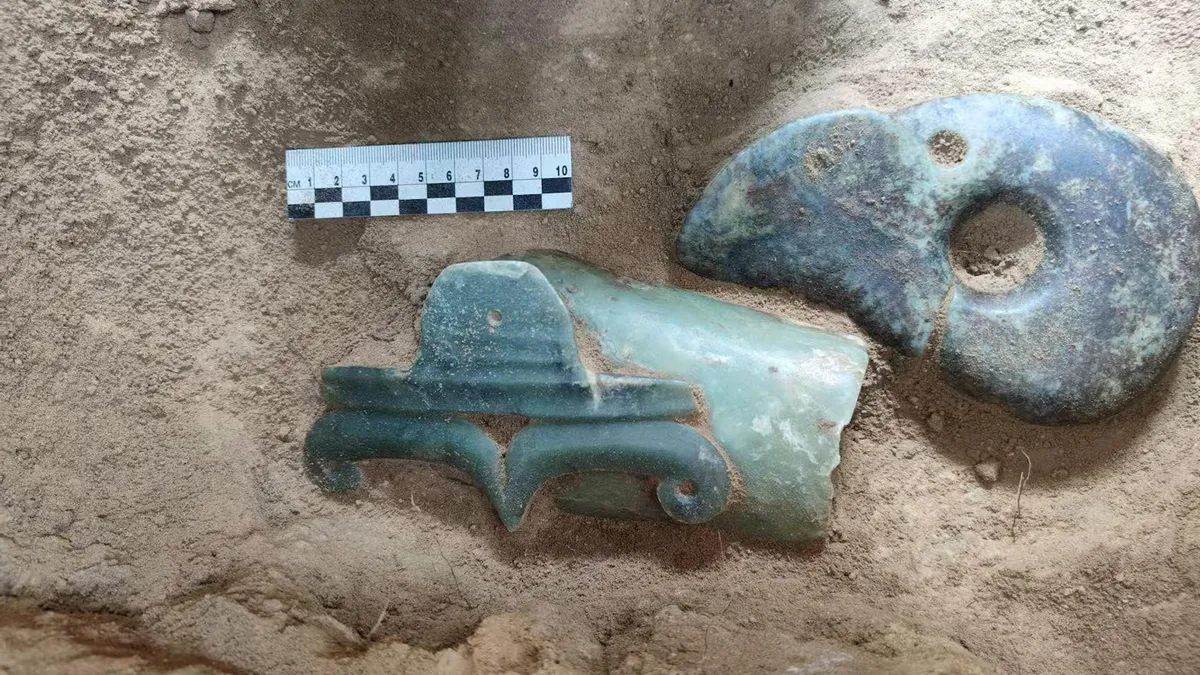Humans news stories
Hands capable of using tools might have evolved much earlier than previously thought according to a new study of Australopithecus finger bones. Findings of the study are published in the Journal of Human Evolution.

An archaeological dig of a quarry in Lincolnshire has uncovered evidence of settlements and agriculture spanning 6,000 years. Excavations of the West Deeping quarry revealed a Roman settlement as well as Neolithic and Bronze Age finds.

Active from Sept. 26 through Nov. 22, the Orionids will peak in the early hours of Monday, Oct. 21, when around 23 “shooting stars” are expected per hour, according to the American Meteor Society. The precise peak is predicted to occur at 1 a.m. EDT (0500 GMT).

Underneath the iconic and intricately carved Treasury building at the center of the renowned archaeological site Petra, excavators have stumbled upon a long-lost crypt holding 12 skeletons.

Ayahuasca lore celebrates serpents, jaguars, and panthers. But why do visions of these majestic jungle animals occur in the first place?

Researchers have revealed our sense of smell operates much faster than previously thought, suggesting we are as sensitive to rapid changes in odours as we are to rapid changes in colour. See the study here.

Humans seem to have been adapted to the last ice age in similar ways to wolves and bears, according to our recent study, challenging longstanding theories about how and where our ancestors lived during this glacial period.

Archaeologists have found the largest ever jade “dragon” made by the Neolithic Hongshan culture on record.
A new study published in the journal Science Advances by researchers at the IBS Center for Climate Physics (ICCP) at Pusan National University in South Korea shows that the patchwork of different ecosystems found in mountainous regions played a key role in the evolution of humans.
A new study published in the Quaternary Science Reviews has subjected the dirt dug from the cave to high-precision tests to find out what the environment was like tens of thousands of years ago.

Railroad construction through a farm on the Danish island of Falster has revealed a 5,000-year-old Neolithic site hiding an advanced technology—a stone paved root cellar. See the paper here.

A new study, led by Ph.D. candidate Vito Hernandez and Associate Professor Mike Morley from the College of Humanities, Arts and Social Sciences, has reconstructed the ground conditions in the cave between 52,000 and 10,000 years ago. The work appears in Quaternary Science Reviews.

Archaeological surveys led by scientists at Washington University in St. Louis suggest that coastal and underwater cave sites in southern Sicily contain important new clues about the path and fate of early human migrants to the island. See the study here.
A new study published in the European Journal of Neuroscience explores how this drug affects brain activity at the level of individual neurons.

Using the Zwicky Transient Facility (ZTF) telescope to survey large expanses of sky, a team of researchers led by the University of Maryland investigated a stream of space debris known to drift near Earth called the Taurid swarm.

Psilocybin’s potential to safely and effectively treat mental illness appears to be highlighted with every new study into its effects. Now, Monash University researchers have added more evidence to the growing pile. The study was published in the journal Translational Psychiatry.
Image from: Brocken Inaglory (Wikki Commons)








